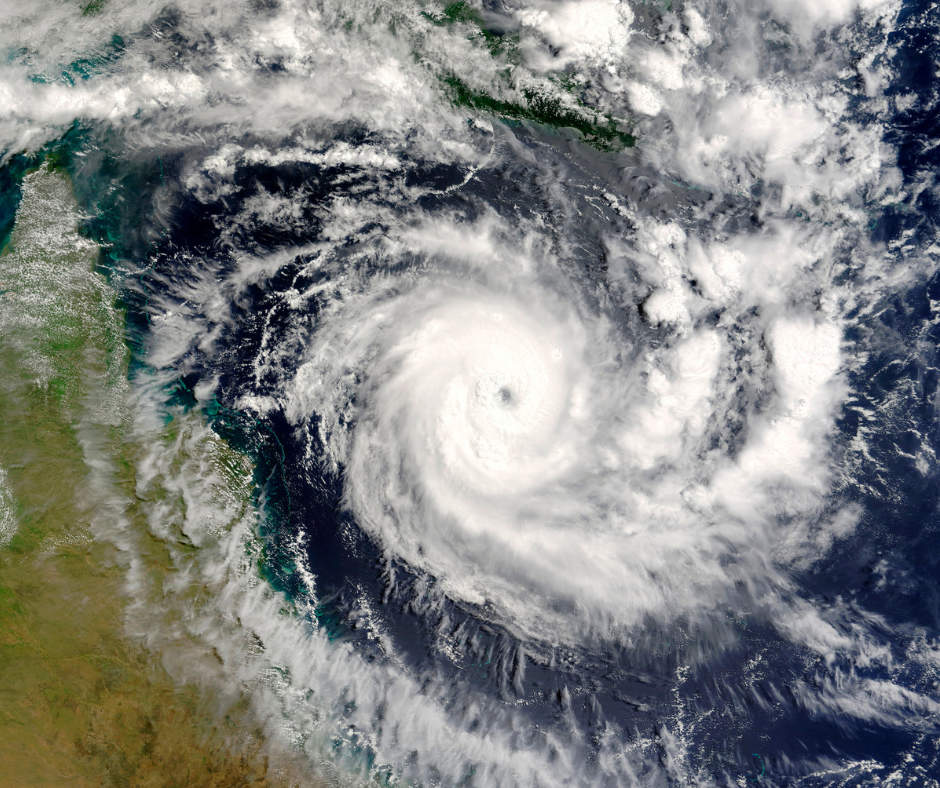Emergency Preparedness: Lessons from Severe Weather Season
Severe weather can strike with little warning, and for workplaces like construction sites, manufacturing plants, and other outdoor or industrial environments, the risks are even greater. Ensuring employees are weather-aware and equipped to respond quickly is essential for preventing injuries, minimizing disruptions, and maintaining productivity. Learn more about severe weather preparedness at National Weather Service.
Why Weather Awareness Matters at Work
In industries where employees work outdoors or with heavy machinery, severe weather events like thunderstorms, tornadoes, floods, and extreme heat can pose serious hazards. Construction workers face risks from lightning and high winds, while manufacturing plants face potential power outages and flooding that can disrupt operations. Being prepared and knowing how to respond can save lives and reduce costly downtime.
Key Weather Hazards and Workplace Safety Tips
1. Thunderstorms and Lightning:
- Outdoor workers should seek shelter at the first sign of thunder or lightning. Use the 30-30 rule: if thunder is heard within 30 seconds of seeing lightning, suspend outdoor work and move indoors or into a vehicle.
- Metal tools and equipment should be stored safely, and workers should avoid open fields, tall objects, and metal structures during a storm. Learn more from Ready.gov.
2. Tornadoes and High Winds:
- Construction sites should have designated safe areas, such as storm shelters or sturdy interior rooms. Mobile offices and trailers are not safe and should be evacuated.
- Ensure that tools, equipment, and materials are secured to prevent them from becoming airborne hazards. See OSHA’s tornado preparedness guidelines.
3. Flooding:
- Avoid driving or walking through floodwaters, as currents can be stronger than they appear. Learn more about flood safety at Ready.gov.
- Ensure that electrical systems, machinery, and hazardous materials are stored above flood levels to prevent contamination and equipment damage.
4. Extreme Heat:
- Implement heat safety protocols, including regular breaks in shaded areas, hydration stations, and monitoring for signs of heat exhaustion and heat stroke. The Red Cross provides key steps for staying safe in extreme weather.
- Schedule strenuous tasks for cooler parts of the day and ensure workers wear lightweight, breathable clothing.
Developing a Workplace Severe Weather Plan
Employers should create a comprehensive severe weather plan tailored to their specific industry and location. Key components include:
- Emergency Alerts: Use weather apps, NOAA Weather Radio, or alert systems to receive real-time warnings.
- Communication: Establish clear communication channels to alert employees of incoming weather and emergency procedures.
- Drills and Training: Conduct regular severe weather drills and provide training on recognizing weather hazards and responding appropriately. Learn more about emergency preparedness at Red Cross Preparedness.
Workplace safety during severe weather requires preparation, awareness, and swift action. By understanding the risks and implementing proactive measures, employers can protect their teams and maintain safe, productive worksites.
Contact us at info@personsafety.com or visit personsafety.com to learn more about our workplace safety solutions.



